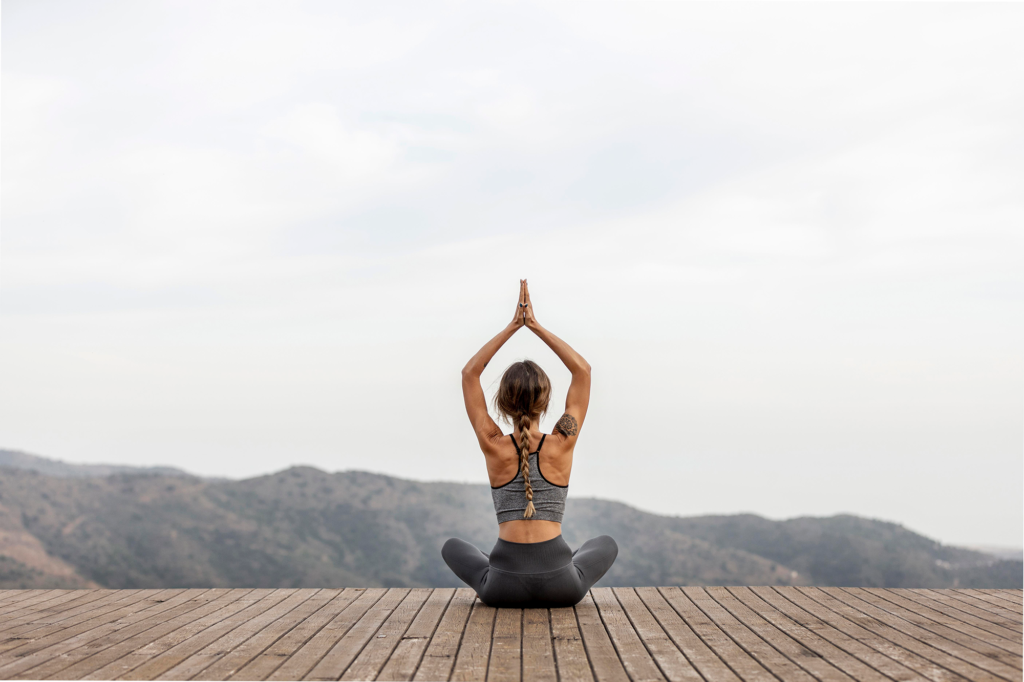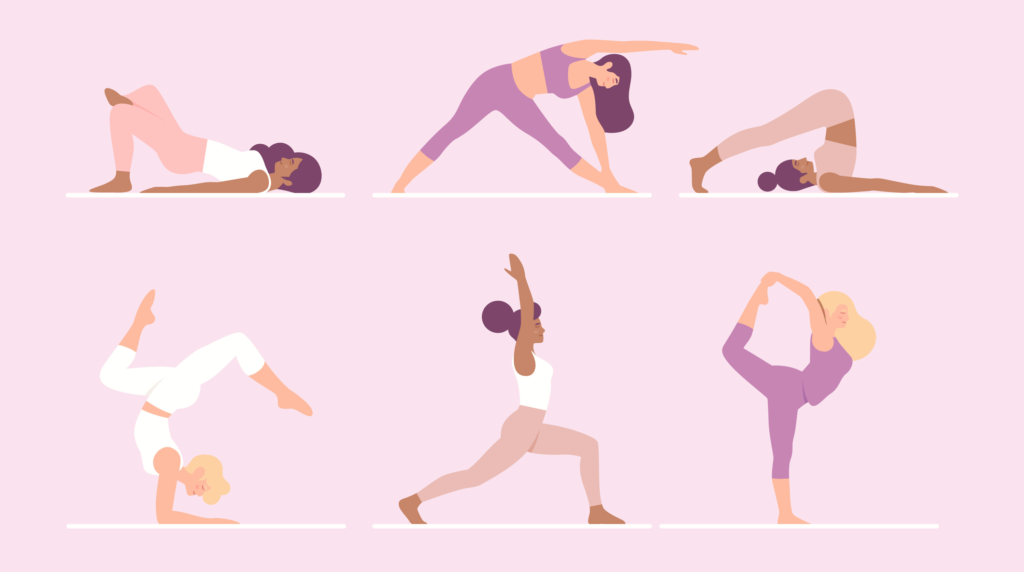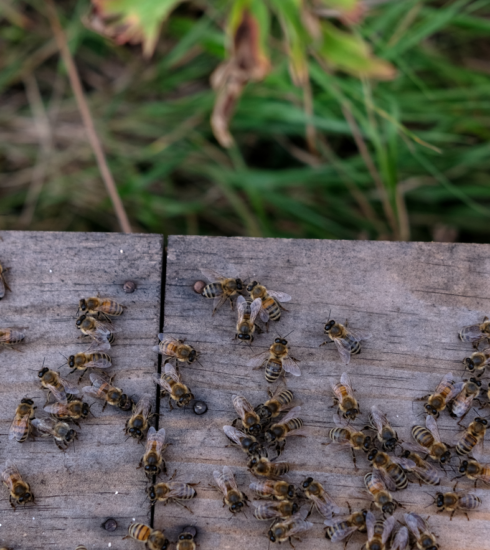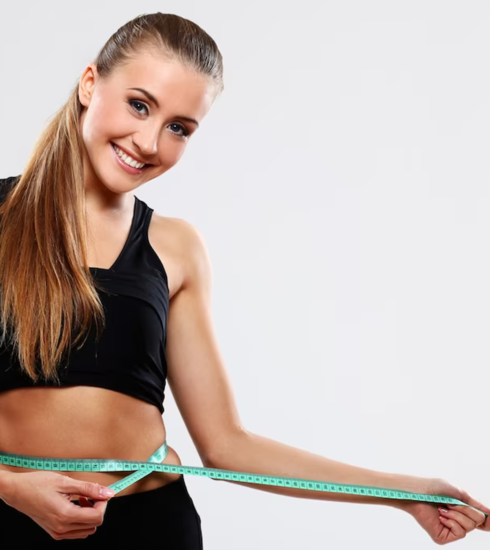Strength and Flexibility can be Improved through Yoga
Exercise fads come and go, but yoga is probably the most reliable form of exercise. It has existed for almost 5,000 years.
Yoga does more than just tone muscles and burn calories. It’s a complete mind-body workout that mixes stretches and postures for strengthening with meditation or other forms of relaxation.
More than 100 different styles of yoga exist. Some are intense and quick-paced. Others are soft and comforting.

Yoga poses include, for instance:
1. Hatha
It combines a number of fundamental motions with breathing and is the style most frequently identified with yoga.
2.Vinyasa
A sequence of positions that smoothly merge into one another.
3. Power
A more rapid, intense exercise routine that develops muscle.
4. Ashtanga
A sequence of positions and a unique breathing method.
5. Bikram
It is a set of 26 difficult poses carried out in a room that has been heated to a high temperature and is also referred to as “hot yoga.”
6. Iyengar
A style of yoga that helps you move your body into the right alignment by using props like blocks, straps, and chairs.
Level of Intensity: Depends on the Type
Depending on the type of yoga you select, your workout will vary in intensity. Gentle and slow methods include hatha and Iyengar yoga. The pace and difficulty of Bikram and power of yoga are higher.

Areas It Targets
1.Core
Every single core muscle can be worked on in a yoga pose. Do you want to reduce your love handles? Next, perform a side plank while supporting yourself with one arm. You can perform a boat posture, where you balance on your “sit bones” (the bony prominences at the base of your pelvic bones), hold your legs up in the air, and really work out the midsection of your abs..
2.Hands
Yoga uses your own body weight to increase arm strength instead of free weights or equipment. You can evenly distribute your weight between your arms and legs in some poses, like the plank. Others, such as the crane and crow postures, put even greater strain on your arms by requiring them to hold your entire body weight.
3. Legs
Yoga positions strengthen your quadriceps, hips, and thighs in addition to other sides of the legs.
4. Glutes
Deep knee bends in yoga postures like squats, bridges, and warrior ones help you develop a more contoured midsection.
5. Back
Your back muscles will benefit greatly from poses like cat/cow, child’s pose, and downward-facing dog. It makes sense that yoga may help with a painful back, according to study”
Type

1.Flexibility
Your range of motion will expand and your muscles will be stretched through yoga poses. They’ll increase your flexibility with consistent practice.
Holding your body in a steady position requires a lot of strength. Your arms, back, legs, and core muscles will become stronger with regular practice.
3. Sporting
Yoga is not a form of competition. Don’t compare yourself to other students in your class; instead, concentrate on your own practice.
4. Low impact
Yoga will engage every muscle in your body, but it won’t harm your joints.












Tahreem
2 years agoYoga is 99% practice & 1% theory